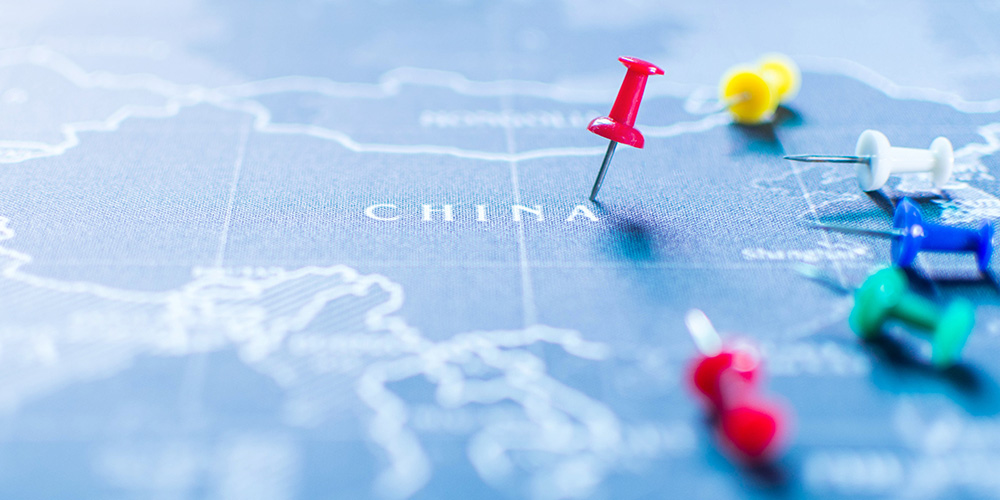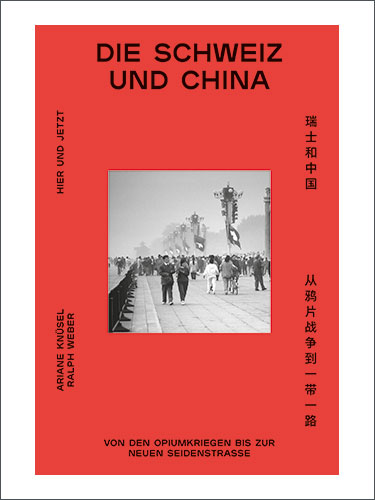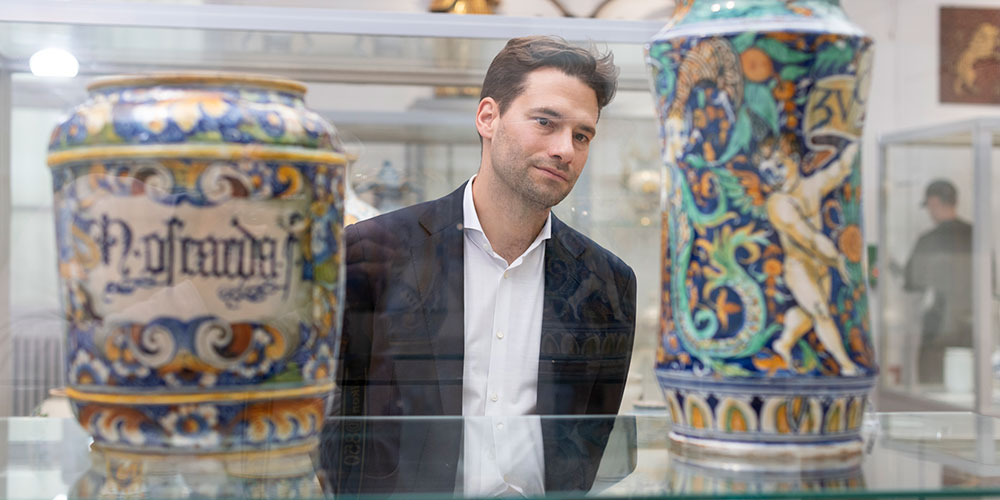Switzerland and China: “Both countries want to benefit from each other.”
Switzerland and China have maintained economic relations and cultural contacts for centuries, sometimes during critical periods. Historian Ariane Knüsel has co-authored a new publication on the relationship between the two countries.
26 August 2024 | Christoph Dieffenbacher
Ms. Knüsel, at first glance, Switzerland and China could not be more different. What connects the small, neutral state in the middle of Europe with the giant empire in the East?
The main thing the two countries have in common is that they have been able to complement and benefit from each other: Switzerland, which developed advanced technology early on, and populous China, with its huge potential market. It all started back in the 17th century, when the first Swiss watchmakers visited China as missionaries. The Chinese were fascinated by their precise technology – and they remain so today. However, there are also some surprising commonalities: for example, the Swiss press likened China’s battle against Japan in World War II to that of the Swiss Confederates against their enemy.
Have there been ups and downs, periods of rapprochement and distance, in the relationship?
For a long time, the two countries weren’t particularly interested in each other, but Switzerland’s early recognition of the People’s Republic in 1950 is still often mentioned. In the People’s Republic of China, neutral Switzerland was always considered less problematic than, say, the USA or Great Britain.
Switzerland, therefore, still receives somewhat special treatment to this day, including when it comes to economic agreements. The low points include the diplomatic crisis during the Cultural Revolution in 1967, and the scandal during President Jiang Zemin's state visit to Bern in 1999. Incidentally, in both cases the issue was Tibet and Tibetans living in Switzerland.
Was the two countries' interest in each other purely economic?
China is primarily interested in Swiss technology and expertise, while Switzerland is interested in selling products to China. During the Cold War, China ran its espionage operations in the West out of Switzerland, while Switzerland’s good relations with the People’s Republic enabled it to make a name for itself as a neutral mediator in conflicts. Even today, Switzerland remains extremely cautious when it comes to sanctions against China. Switzerland primarily considers itself a mediator, and is constantly facing the dilemma of economic interests in China on the one hand, and human rights issues on the other.
Were there also fears that Communist China could pose a threat during the Cold War?
Yes, very much so. Warnings abounded in Switzerland about the “yellow peril” emanating from China as early as 1900. This became the “red peril” during the Cold War. In the 1950s, UN officials, communists, and even Chinese restaurants were regularly suspected of engaging in espionage for China. Anti-communist sentiment was so widespread that celebrities such as the artist Alfred Rasser were blacklisted because they had traveled to China. Things only began to change with the opening of China in the late 1970s, as more and more Swiss companies wanted to gain a foothold there. At that time, even Simmental cows were being exported to China – a little-known fact that we discovered during our research for the book.
Besides economic relations, the cultural exchange between the two countries often seems somewhat superficial. Is this impression misleading?
No, it’s possible to portray it as such. There are numerous memoirs of Swiss travelers and missionaries who embraced Chinese traditions and culture since the Opium Wars of the 19th century.
Later on, phenomena such as acupuncture and tai chi became fashionable in Switzerland. In return, the beauty of the Swiss landscape is said to have inspired Chinese statesmen to write poems. However, despite the Peking Opera touring Switzerland, and spontaneous musical performances by Franz Hohler and Polo Hofer in China, mutual cultural understanding has remained rather limited although we have seen a significant increase in mass tourism from China.
How would you describe the stereotypes each country has of the other?
In Switzerland, the image of the Chinese dragon is widespread, and was used to decorate china, furniture and vases when chinoiserie spread in 18th-century parlors. Today, the dragon is used to portray China as a threat in Swiss cartoons and caricature. Conversely, Switzerland is often referred to in China as the “Garden of Europe,” which obviously has positive connotations. However, the focus remains on stereotypical topics: for example, there is a Globi book that mentions kung fu and eating with chopsticks, while one Chinese comic book introduces children to Switzerland by focusing on glacier tours and fondue meals.






